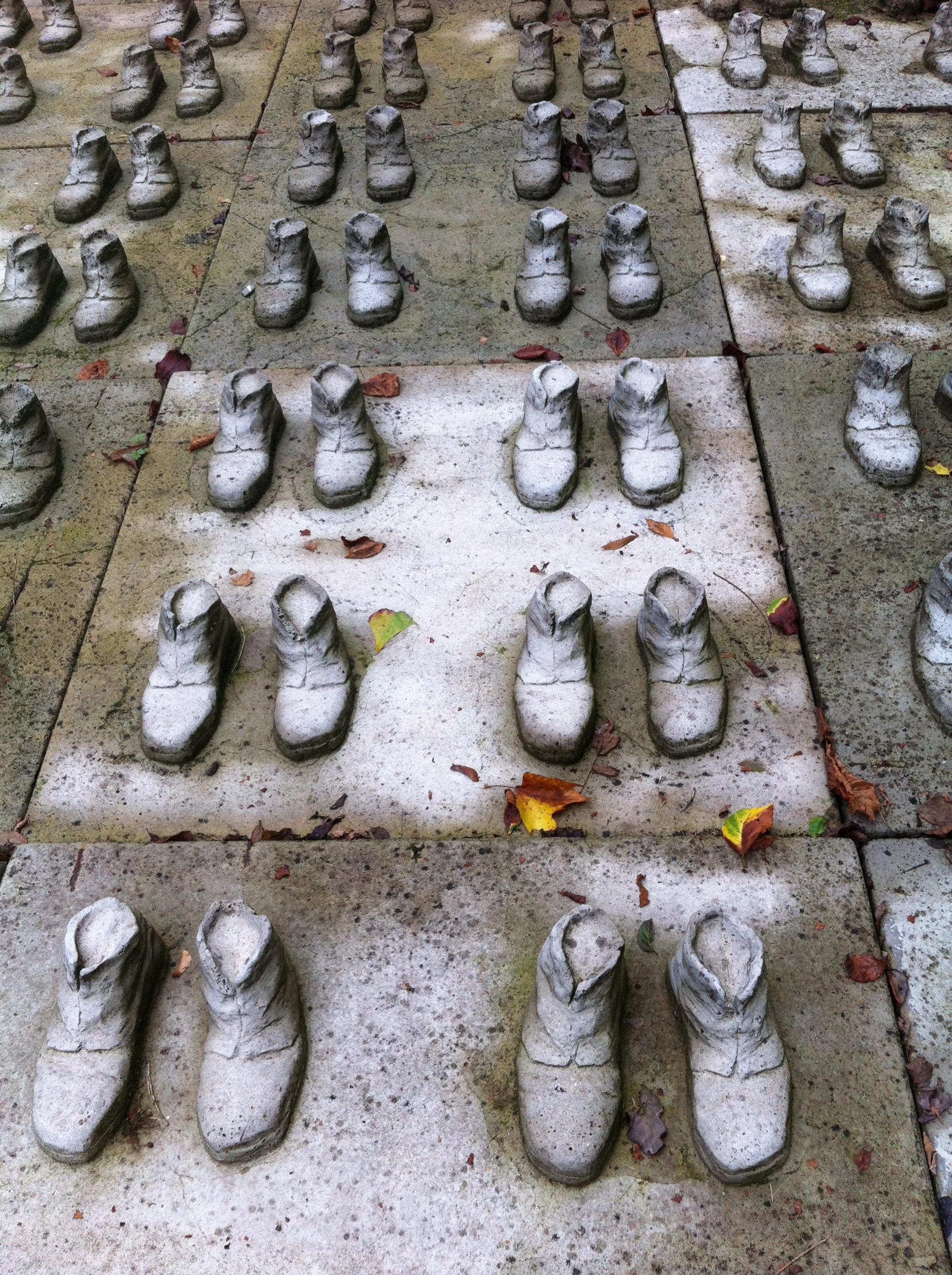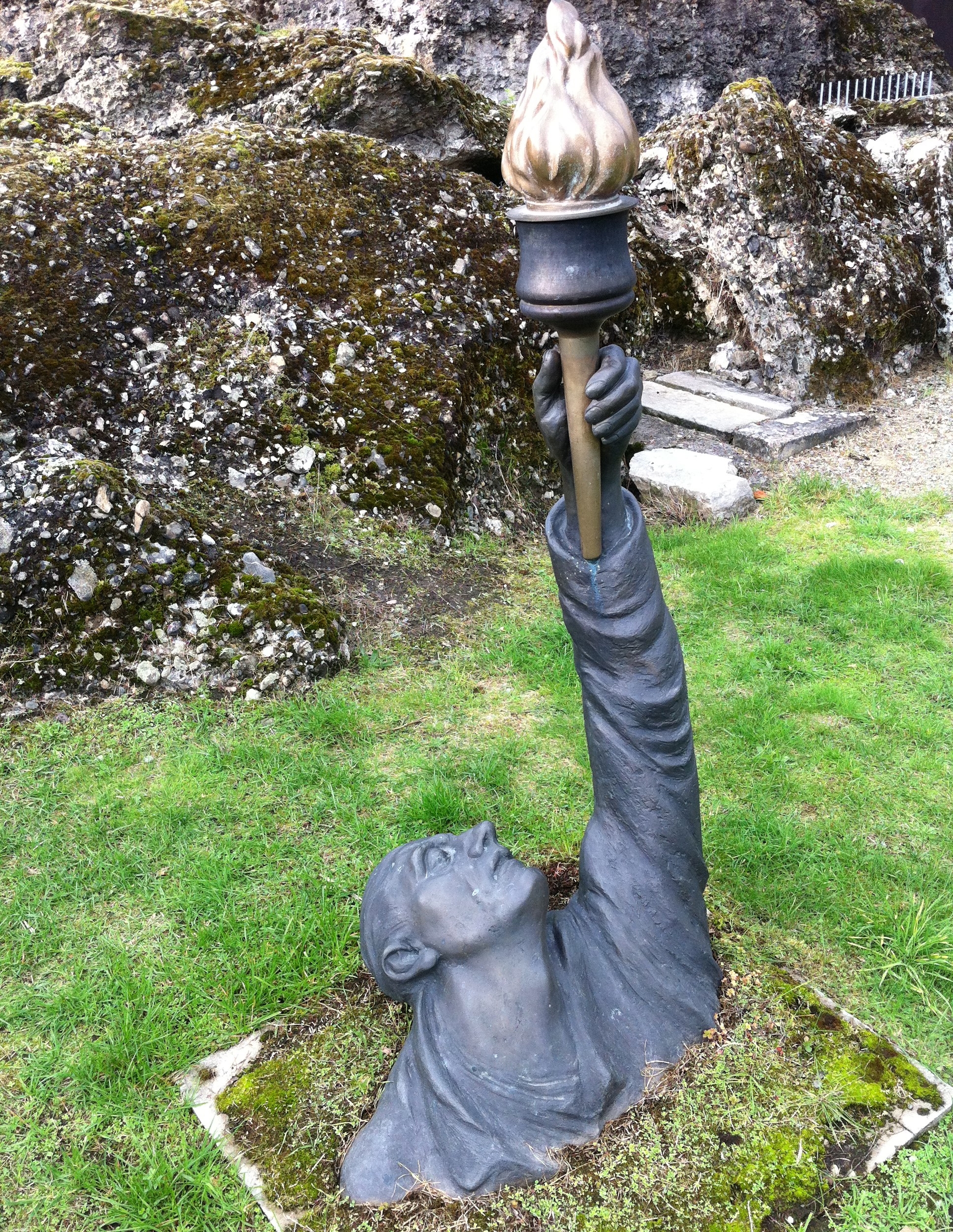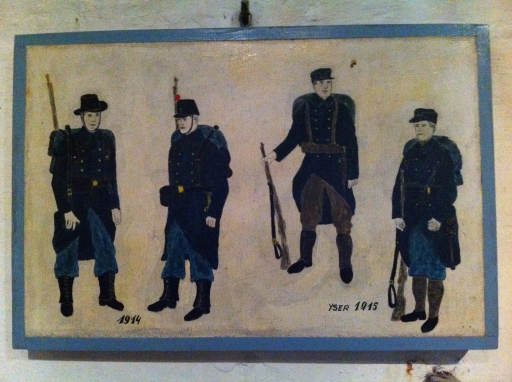Centenary News contributor Dan Hayes reports on how the garrison of Fort Loncin, near Liège, secured an enduring place in Belgian history
On 4 August 1914 German troops crossed the Meuse just north of Liège and advanced into Belgium. The German generals’ plan was to push on as quickly as possible towards Paris, but they encountered dogged opposition from the Belgian army.
Key to that initial Belgian resistance were 12 fortresses that formed a semi-circle around the city and which managed to delay the German advance before the last of them finally surrendered on 16 August.
Today, the remains of most of these strongpoints still stand, each with a tale to tell of its resistance against the odds, but perhaps the most evocative and moving of all is the Fort de Loncin, north west of Liège.
While most of the soldiers defending the fortresses were able ultimately to surrender, the majority of those at Loncin were not so lucky. At 5.25pm on 15 August 1914 a shell tore through the roof of the fort’s powder magazine and exploded. Around 350 of the garrison were killed – roughly 200 of whom remain where they fell, buried beneath tons of concrete that collapsed in the blast.
Identifying the fallen
Loncin today is fascinating, but sombre place, with several memorials to those who died and a small museum explaining the garrison’s life within the fort and the still-continuing quest to link any human remains that are discovered among its ruins to missing men.
 One of the volunteers who help keep the fortress open to the public, Jim Vanderperren, says that, even almost 100 years after the explosion, individual soldiers are still being identified.
One of the volunteers who help keep the fortress open to the public, Jim Vanderperren, says that, even almost 100 years after the explosion, individual soldiers are still being identified.
‘In 2007 engineers from the Belgian Army came to remove unexploded shells from the fortress,’ he says, ‘they thought they’d find a few, but in fact they discovered more than 2,500. During this work they also uncovered 25 bodies, of whom we were able to identify four.’
Among these was artillery sergeant Louis Noé, he adds. ‘We knew from the garrison records that, in 1909, Noé had asked permission to get married. We also knew that his wife, Léonie, and her daughter had visited the fort in the years following the war. Then, in 2008 we moved a block of concrete and found a gold wedding ring inscribed with the names Louis and Léonie. It turned out we had recovered sergeant Noé.’
Any visitor to Loncin today can see for themselves the terrifying force of the explosion that killed Noé and so many of his comrades. A huge crater, scattered with massive lumps of concrete, can be seen near the main gate, while the twisted remains of guns and turrets attest to the way in which they were ripped from their moorings by the power of the blast.
While the fort looked modern and impressive, with low steel cupolas, deep ditches, numerous gun emplacements and considerable defensive firepower, it was fatally flawed and ultimately a deathtrap for the men sheltering within it.
‘It had been built between 1888 and 1892 and to save money there was no iron fabric within the concrete to add strength,’ says Vanderperren. ‘It was also built in stages, with the concrete drying out on one part before the next segment was added. That meant there were intrinsic weaknesses in the walls themselves.’
Under siege
By 15 August 1914 German gunners were mounting a intensive barrage on Loncin – between 12 and 15 August more than 15,000 rounds rained down on the garrison.
Around 500 men were crammed into the barracks and corridors of the fortress. As their resistance continued and the bombardment increased, the place became increasingly uninhabitable.
The soldiers were short of food of water and the atmosphere in the fortress became increasingly unpleasant. Smoke from its own guns leaked down into the passageways and rooms and, combined with the stench from broken sewers, the air became increasingly difficult to breathe.
The fort’s commander, colonel Victor Naessens, wrote: ‘By the 14th August all our phone lines had been cut beyond repair under the hail of shells. In the evening, most of the soldiers abandoned their quarters and assembled in the central chamber of the fort.’
Here at least there was some ventilation and the air was easier to breathe. The troops readied themselves for an imminent attack by German infantry as acetylene lights flickered and the ground shook with the impacts of high-explosive shells.
In a break in the bombardment, Naessens dispatched an officer to inspect the damage done to the fort’s defences. He soon returned to tell his commander he had discovered an enormous, unexploded bomb in one of the ditches.
 Memorial in Fort Loncin, one pair of boots represents a soldier buried there
Memorial in Fort Loncin, one pair of boots represents a soldier buried there
The final moments
As Naessens may well have realised, the Germans had unleashed a weapon of which the engineers of the 19th century could not have dreamed – the Big Bertha. Known officially as the Kurze Marine-Kanone, this was a long-range artillery piece capable of firing a shell weighing 1,160kg nine and a half miles – a mile and half further than the fort’s biggest guns could shoot back.
‘Around 5pm the bombardment became appalling,’ recalled Naessens, ‘a few minutes later I saw a huge flash and fainted.’
A shell from the Big Bertha had exploded in the fort’s powder magazine, the roof above the main chamber collapsed and a blast of searing air and flame shot along the passageways. All those sheltering in the main chamber were killed and many others were badly burned or overcome by fumes.
Only around 40 men in outlying turrets and bunkers managed to escape, while a similar number were taken prisoner.
Today, on the smashed casement, a memorial depicts a soldier buried up to his chest in earth but with a flaming torch uplifted above his head.
Every year on August 15 at 5.25pm and on 11 November (Armistice Day) at 11am people gather near this monument to hear the last surviving gun of Loncin fire a salute and to remember how the garrison who fought and died there helped give rise to the phrase ‘Gallant Little Belgium’.
 Memorial at Fort Loncin
Memorial at Fort Loncin
© Centenary Digital Ltd & Author
